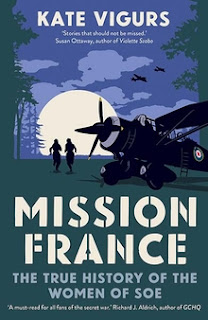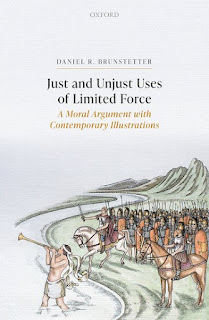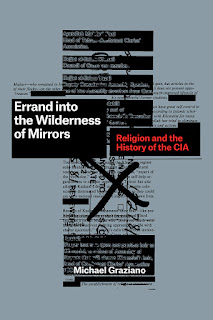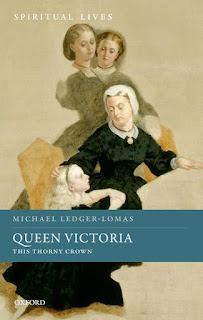 College of William & Mary, and Virginia Tech. His books include Desiring Divinity, How the Gospel Became History: Jesus and Mediterranean Myth, and Posthuman Transformation in Ancient Mediterranean Thought: Becoming Angels and Demons. He is currently Research Fellow at the Institute for Religion and Critical Inquiry at Australian Catholic University in Melbourne.
College of William & Mary, and Virginia Tech. His books include Desiring Divinity, How the Gospel Became History: Jesus and Mediterranean Myth, and Posthuman Transformation in Ancient Mediterranean Thought: Becoming Angels and Demons. He is currently Research Fellow at the Institute for Religion and Critical Inquiry at Australian Catholic University in Melbourne.Litwa applied the “Page 99 Test” to his latest book, The Evil Creator: Origins of an Early Christian Idea, and reported the following:
Page 99 of The Evil Creator: Origins of an Early Christian Idea discusses the biblical basis for contrasting the creator with a higher deity. The particular passage treated is 2 Corinthians 4:4-6. In 2 Corinthians 4:4, “the god of this world,” evidently the creator, blinds the minds of people from seeing the light of Christ. In 2 Corinthians 4:6, however, Paul refers to a God who shines the light of Christ into the hearts of human beings. Marcion of Pontus, who flourished in the mid-second century CE, and his later followers (“Marcionite” Christians) understood the verses to refer to two different beings: the creator who blinds people from seeing the light of Christ, and the true and superior deity who reveals the light of Christ in human hearts.Visit M. David Litwa's website.
By opening up to page 99, the reader would receive a reasonably accurate idea of what the book as a whole is about. All of Part II of the work discusses Marcionite interpretations of various passages which reveal an evil creator in opposition to the true God. It begins with Marcionite interpretations of the creator’s character in the Christian “Old Testament,” analyzes 2 Corinthians 4:4, examines Christ’s so-called destruction of the Law (Eph 2:15) and the Lawgiver, and shows how Christ finally succumbs to the “curse of the Law” inflicted by the creator (Gal 3:13). In Part I, the focus is on the interpretations of Exodus and John. Firstly, ancient Egyptian assimilation of the Jewish god to the evil deity Seth-Typhon is studied to understand its reapplication by Phibionite and Sethian Christians to the Judeo-catholic creator. Secondly, the Christian reception of John 8:44 (understood to refer to the devil’s father) is shown to implicate the Judeo-catholic creator in murdering Christ. A concluding chapter shows how and why current readers of the Christian Bible have concluded that the creator manifests an evil character.
The Page 99 Test: How the Gospels Became History.
--Marshal Zeringue


























